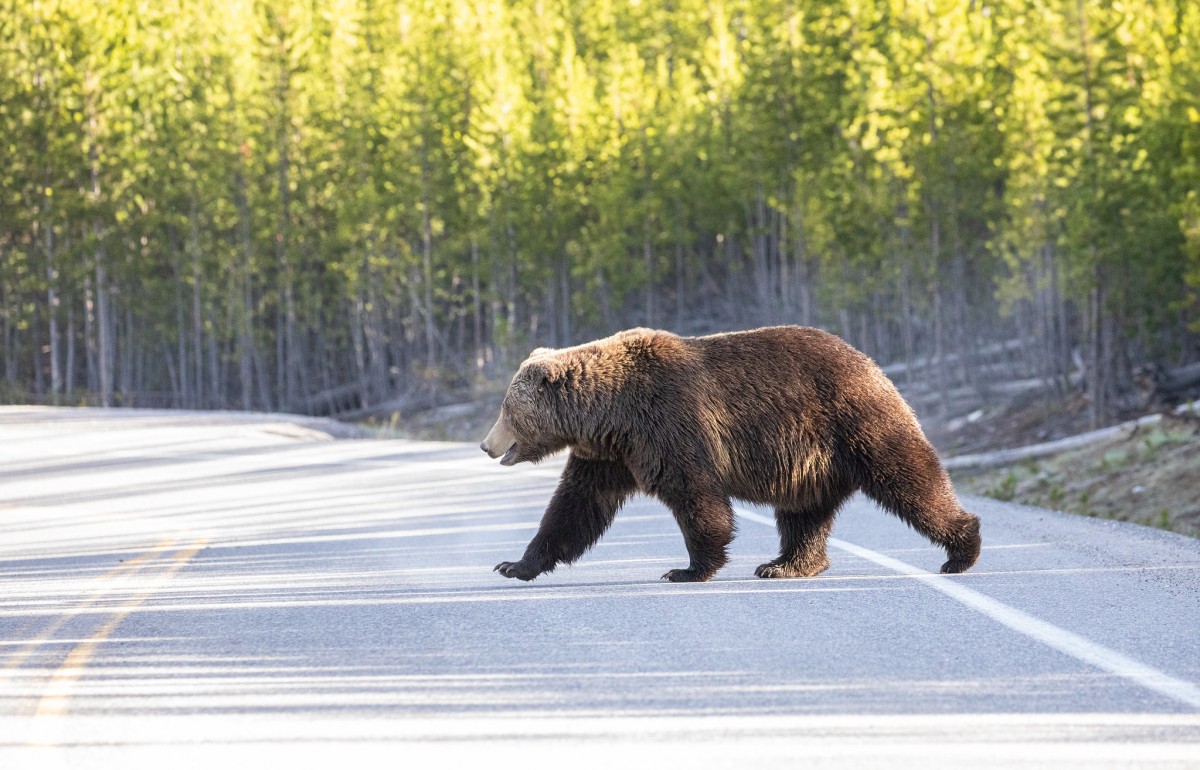Yellowstone National Park opened a 49-mile stretch of connecting roads for spring bicycling Wednesday, but asked visitors to consider several factors before planning their ride.
Among considerations, of course, are potential encounters with grizzly bears that have emerged from hibernation. (The park logged its first grizzly bear sighting of 2021 on March 13.)
The road segments are the West Entrance to Madison Junction, Madison Junction to Norris Junction, and Norris Junction to Mammoth Hot Springs.
If weather permits, two additional roads will open for cycling before all interior roads begin reopening for automobile traffic on April 16. (The road from the North Entrance at Gardiner, Mt., to Cooke City, Mt., is open year-round.)

Snow has begun to melt at lower elevations but weather inside the park is unpredictable and wintry conditions can return with little notice throughout spring.
But beyond weather and bears, several possible hazards (or inconveniences) might come into play for spring cyclists. In a news released issued Wednesday, cautioning cyclists to “anticipate hazards,” Yellowstone listed the potential dangers:
- Snowplows and other motorized vehicles operated by park employees or construction workers on the road.
- Quickly changing weather conditions.
- Temporary road closures due to weather conditions.
Snow and ice covering sections of road. - Wildlife on roads.
- No services available, except limited restrooms.
Stay safe while cycling in Yellowstone by following these guidelines:
- Ride during daylight hours only.
- Anticipate encountering bears, bison, elk, wolves, and other wildlife.
- Stay at least 100 yards from bears and wolves and 25 yards from all other wildlife. Prepare to wait or turn around if bison or other wildlife are on the road.
- Carry bear spray and know how to use it.
- Stay out of closed areas.
- Ride single-file and follow all other rules of the road.
- Plan for self-rescue or repair. Cell phone coverage throughout the park is sparse and unreliable for communicating emergencies.
- Prepare to spend an extended period of time in winter conditions in the event of a mechanical breakdown, injury, or other emergency.
Yellowstone’s fall bicycling season typically begins when roads close to automobile traffic in early November. It ends two or three weeks later when plowing operations cease to allow snow to accumulate for over-snow travel.
